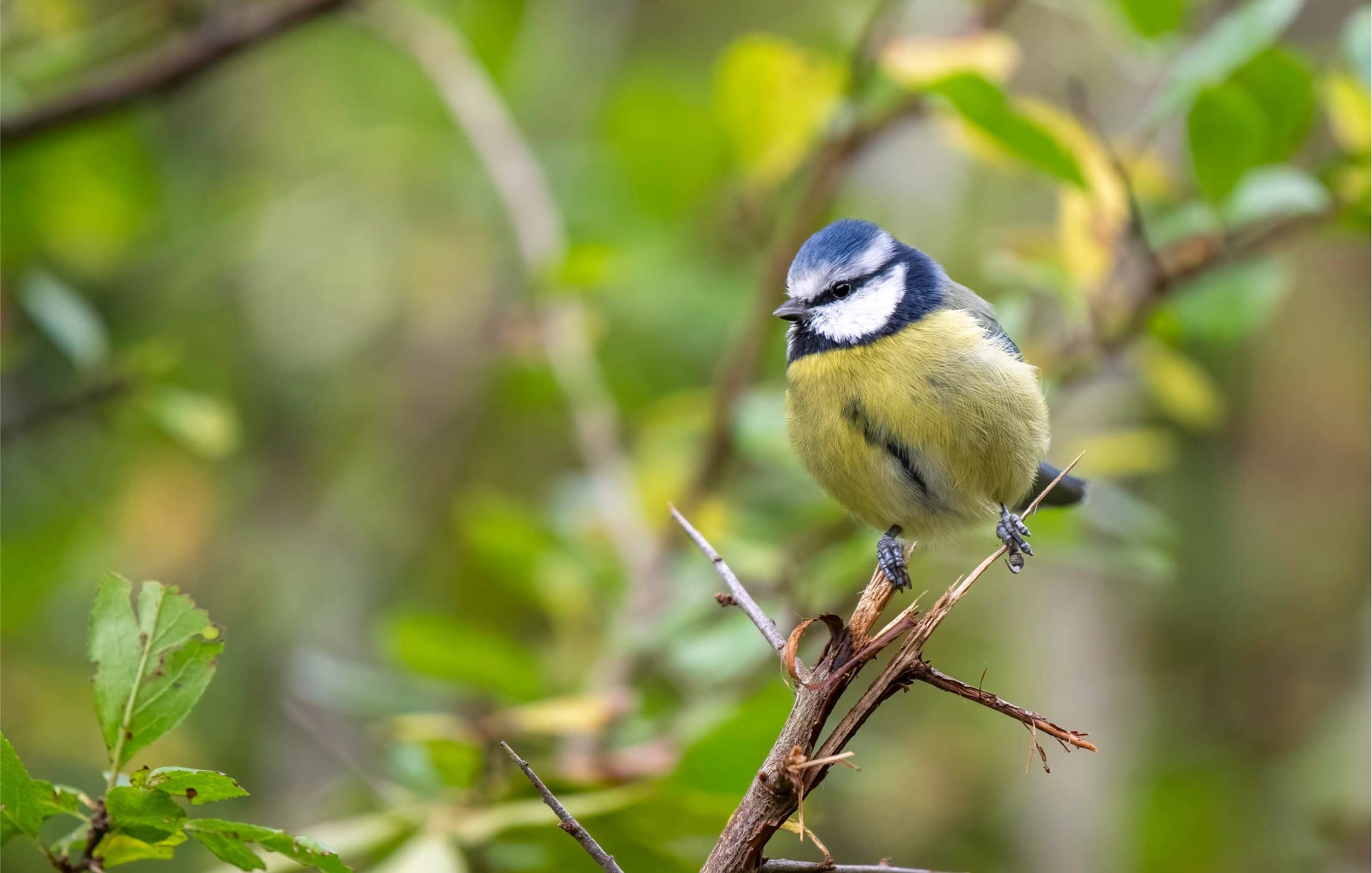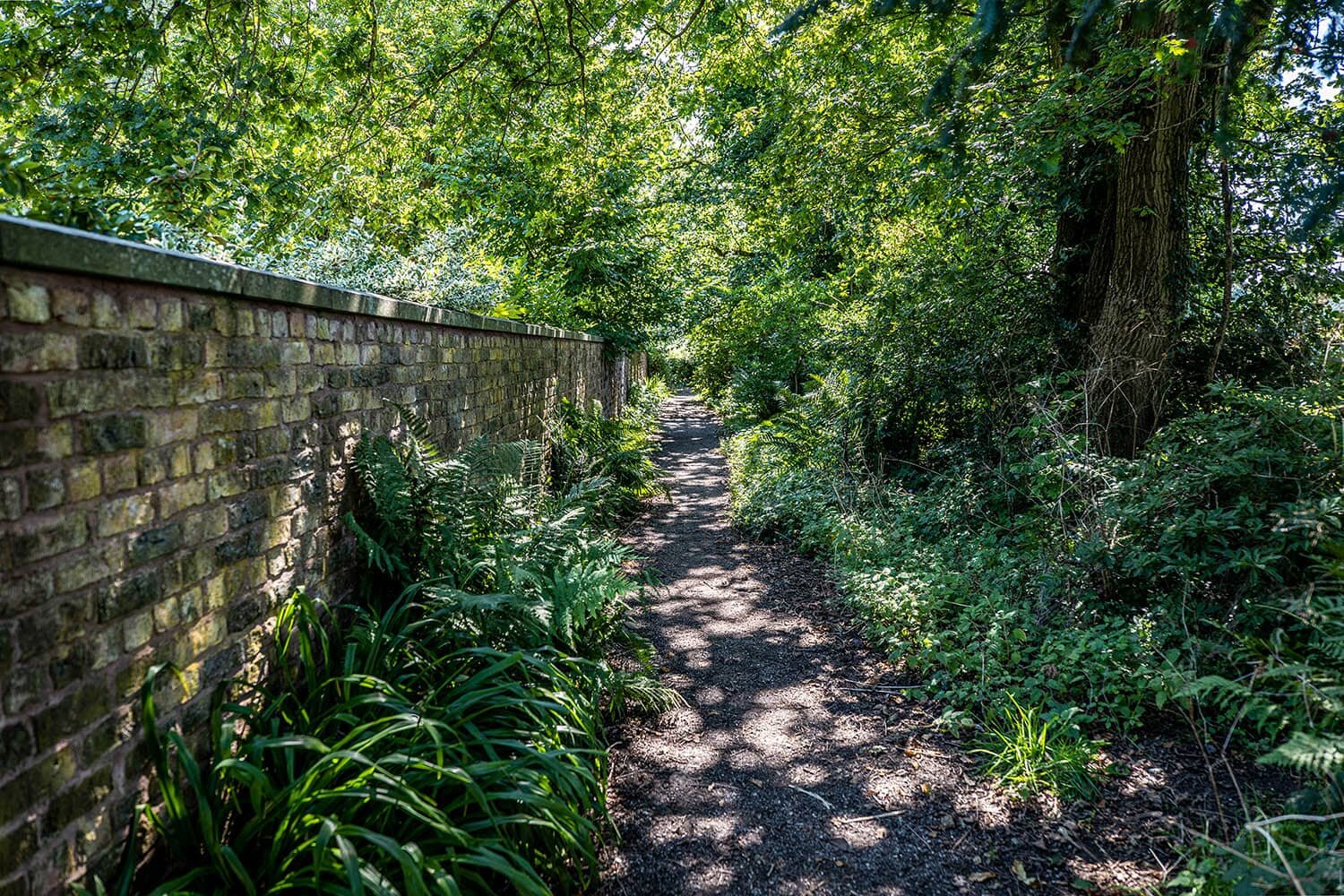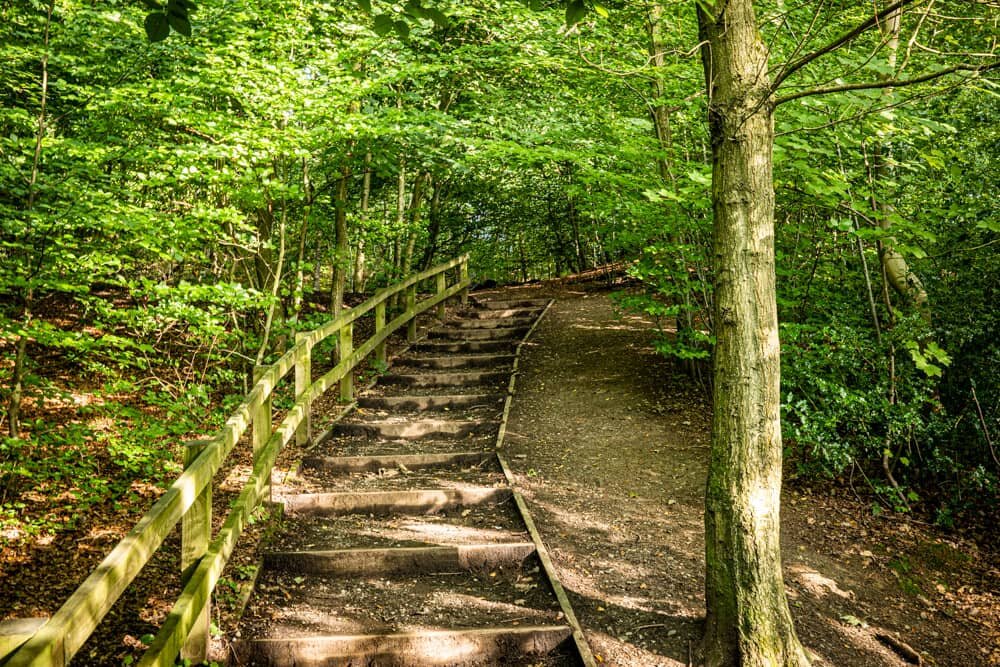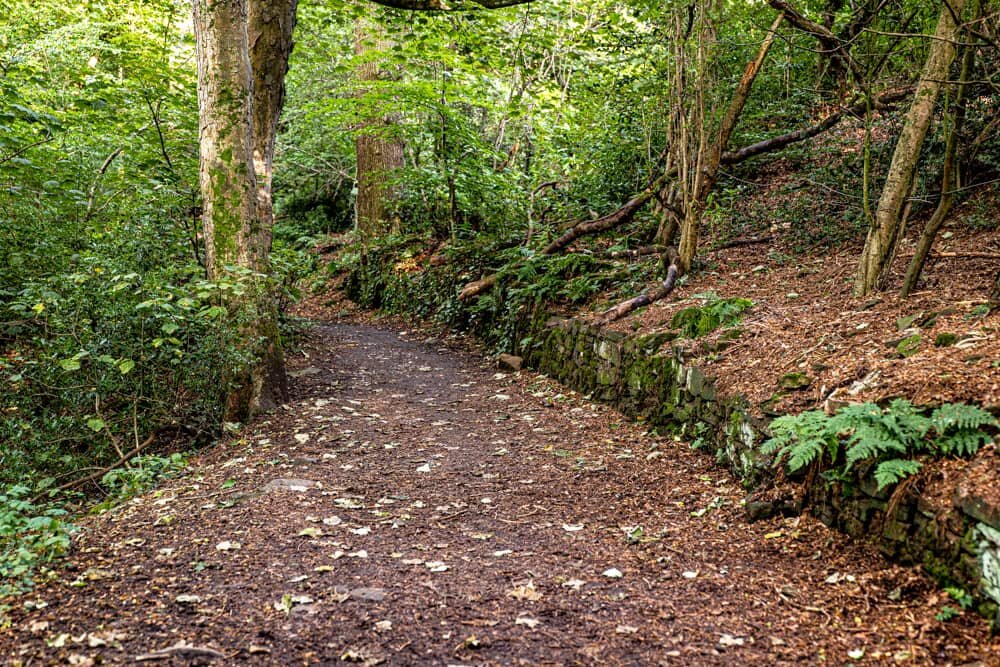
Chadkirk Country Estate and LOcal nature Reserve
The area around Chadkirk was already settled during the Anglo-Saxon period, but quite possibly earlier. Today, much of the land around Chadkirk is owned by Stockport Council. The site has been designated as a country park and local nature reserve – and has been adapted to give good public access by the provision of car parking, picnic sites, bridleways and footpaths. You can relax in the walled garden, visit the historic chapel – and discover local flora and fauna, whilst walking around the woodland glades. This is an excellent area for birdwatching and observing a variety of wildlife.
St Chad’s Well
This ancient well may have its origins in Celtic times, but it has come to be associated with St Chad, the 7th-century Bishop of Lichfield, whose missionary work in spreading the gospel may have brought him to this remote corner of his diocese.
St Chad is regarded as the patron saint of wells and springs. In the Middle Ages, a well dedicated to him at Lichfield was said to have medicinal qualities – and its waters to bring about miraculous cures.
Ancient Celtic sites were often associated with water in the form of sacred pools and springs, where offerings were made to the gods.
As part of the process of conversion to Christianity, places where pagan worship had taken place were often adopted by missionaries for Christian worship. This may be the way that our well came to be associated with St Chad.
The well is dressed by the Friends each summer – one of the few regular well dressings outside of Derbyshire.
The 2021 well dressing at Chadkirk. On the left, the Reverend Rod Hill ( who undertook the formal blessing); on the right, the Mayor of Stockport, Councillor Adrian Nottingham (who provided the formal opening and vote of thanks).
The CHadkirk Trail
Take a circular walk around the Chadkirk Estate, exploring the beauty of the meadows and ancient woodland of the Goyt Valley.
You can relax in the walled garden, visit the 18th-century chapel and discover the local flora and fauna, whilst walking through woodland glades.
This is an excellent area for birdwatching and for observing a variety of wildlife. Information boards are placed along the walk, highlighting areas of interest. The walk is easy and is about a mile in length.
Chadkirk Coronation Meadow
Chadkirk’s Coronation Meadow in flower
Chadkirk is a special place in many ways, but many of those who walk around the area are unaware that the ‘big field’ at the side of Vale Road, opposite the chapel, is a Coronation Meadow.
What is a Coronation Meadow? In 2012, Plantlife published a report highlighting the loss of wildflowers since the Coronation in 1953. In fact, around 97% of British meadows have been lost in the last 75 years. The ecological impact of this is enormous. Once common butterflies are now rare, for example – and our precious pollinators lack the wild flower heritage needed for them to perpetuate our traditional countryside.
For the 60th anniversary of the Coronation of Queen Elizabeth II in 2013, the Prince of Wales called for the creation of new wildflower meadows – at least one in every county. One such Coronation Meadow was seeded at Chadkirk, and those who walk around the estate see it every day. Chadkirk’s wildflower meadow is the only Coronation Meadow in Greater Manchester – and has been called “a jewel in Stockport’s crown” by Kate Guarnaccio, Nature Development Officer with the Stockport Green Space Team.
The two meadows in the Chadkirk Estate are recognised as areas of biological importance and are rare not only in the borough but across the country. There is a wealth of species in the meadows, including great crested newts, six-spot burnet and the common blue butterfly. The pond, hard to see from the path, supports all five species of amphibian found in the county.
In the meadow, you can see cowslip (an old name for cowpat), oxeye daisy (a large daisy-like flower), knapweed (a pink thistle-like plant), bird’s foot trefoil (loved by insects and cattle) and the six-spot burnet moth – which, unusually, flies during the day. This moth needs knapweed to feed.
The Coronation Meadow is one of the many reasons why Chadkirk is such as precious place. It’s filled with rare animal, insect and plant life, a unique oasis in our increasing urban life – and one which is in the precious 3% (just stop and think about that) of British meadows not lost in the last 75 years.
Chadkirk Farm
Chadkirk Farm has an area of almost 60 acres (25 hectares). The farmland is flat and fertile, the soils having been laid down over a long period of time by the floodwaters of the River Goyt. These deep rich soils contrast sharply with the shallow, poor, thin soils which have developed on the shales and sandstones of the wooded slopes which surround the farm. The land has probably been in cultivation since Saxon times (5th century) and possibly earlier. The ancient Britons (Celts) may well have farmed the land before the Romans occupied Britain.
We do not know how old the farm is, but the lower part of the house, the West Wing, was built or altered in 1748, by George Nicholson. The Nicholsons bought the farm estate to enable construction of Chadkirk Mill on the River Goyt – and to use the fields for the fulling and bleaching of cloth. At the same time, George Nicholson raised money by public subscription to repair the ancient chapel, which was derelict. The Nicholson family and their descendants owned Chadkirk House and Farm from 1745 to 1918, when it was sold to the Calico Printers’ Association.
It was bought by Bredbury and Romiley Urban District Council in 1971, when the council also purchased the chapel from the Church of England. With local government reorganisation in 1974, the ownership passed to the newly created Metropolitan Borough of Stockport.
The farm buildings, house and fields are currently not accessible to the public.
The woodlands
The woodland (comprising Kirk Wood and Little Wood) around Chadkirk is designated as an ancient woodland, which means that it was established before AD 1600. Native species such as oak, ash, holly and hawthorn are present but have been supplemented with introduced species such as sycamore and beech, which were planted extensively in the early 19th century. The trees grow well on the thin, infertile soils which have developed on the sandstone and shales of the slopes.
The fauna and flora beneath the trees are of great interest too. Due to the variety of species, the area has been classified as a Site of Biological Importance. The plant species include wood anemone, opposite-leaved golden saxifrage, dog’s mercury, wood speedwell, yellow archangel, pendulous sedge and wood mellick, plants typical of ancient woodlands, as well as others, mainly spring-flowering, such as bluebells, lesser celandine, creeping buttercup and ramsons (wild garlic). In fact, over 60 different species have been identified.
Kirk Wood has, in the past, been actively managed in order to improve its biodiversity. Trees such as beech and sycamore, which create heavy shade preventing the growth of ground floras and the shrub layer, were replaced with native species such as oak and ash. A variety of dead wood, essential to a healthy ecosystem, is either left standing – to provide habitats for bats and bird species such as nuthatches and great spotted woodpeckers – or allowed to decompose on the ground.
Things to do at chadkirk
Chadkirk Bridge
There’s plenty to do and see at Chadkirk. The facilities include picnic areas, a camping area, the historic Chadkirk Chapel and walled garden, farmland that’s managed as a local nature reserve, a circular trail (the Chadkirk Trail) with information boards – and Chadkirk Bridge, which provides links from Chadkirk Estate to more trails. Chadkirk is a great place for walkers, nature lovers, history buffs and those seeking spiritual uplift.

Subscribe to our newsletter
Get news and updates





















